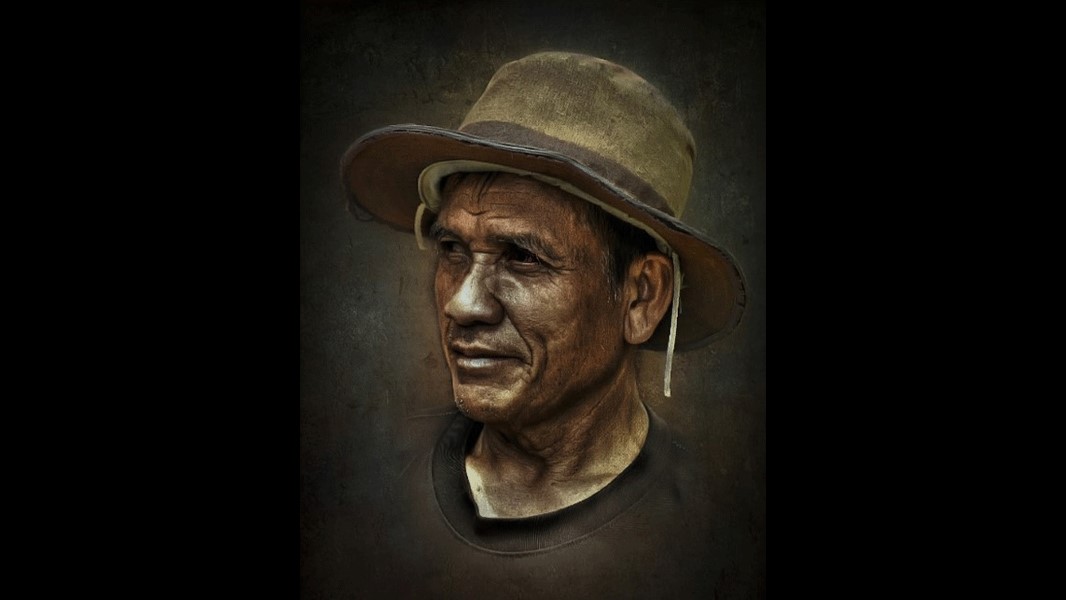For all the economic and occupational transformations that have occurred in the U.S. over the past century, one thing remains clear: migrant workers are an enduring fixture that have consistently sustained the country’s agricultural and food supply-chains. In one way or another, the federal government, growers, and consumers have considered Latinx migrant agricultural workers to be “essential” to the economy. What insights can be gained from examining the intertwined histories of Mexican, Mexican American, and Puerto Rican migrant farmworkers across time in a particular place? How does our understanding of Latinxs change when we explore the movements of seasonal agricultural migrants, rather than the firmer Latinx communities in cities? These are the two questions that guide my current book project.
How Have Latinx Migrants Shaped the U.S. Midwest?

Key Research Goals and Findings
- To more fully account for the experiences of Latinx agricultural workers, and Latina/o/xs more generally, the U.S. Midwest is crucial to these new directions in Latinx History.
- In the years after World War II, Mexican, Mexican American, and Puerto Rican migrant workers in Michigan were central to one of the country’s most powerful agricultural industries.
- The rural and agricultural Midwest provides a unique lens for examining ethnic and racial conflict, labor regimes, and the development (or deterioration) of emerging Latinx communities.
Midwestern Foodways
Texas and California have operated two of the most powerful agricultural industries throughout the 20th century. Moving away from the Southwest, my research situates Michigan and the Midwest as a vital site for understanding national and continental developments. Central to Michigan’s agricultural empire was the cultivation of sugar beets. By 1942, only California and Colorado produced more sugar beets than Michigan. Twelve-thousand Michigan farmers were engaged in sugar beet harvesting, far more than any other state. Eighty percent of those growers utilized migratory workers. In addition to sugar beets, Michigan’s agricultural industry relied on migratory labor to harvest of apples, strawberries, cherries, cucumbers, tomatoes, and other crops. In 1950, the state produced thirty-four agricultural commodities, and was ranked among the top four states in producing twenty-one of them. Thus, Mexican, Mexican American, and Puerto Rican migrant workers in Michigan were at the heart of one of the country’s most powerful agricultural industries.
State-Sanctioned Labor Migration Programs
Throughout the 1940s to1960s, temporary guestworker programs facilitated the migration of Mexican and Puerto Rican farmworkers to the Midwest. In 1942, the United States and Mexico entered what would be known as the Bracero Program. Lasting until 1964, more than four million Mexican workers would come to the United States throughout the duration of this program. This binational agreement was intended to alleviate the alleged labor shortage during World War II, but ultimately lasted much longer. In addition, as part of Puerto Rico's Farm Labor Program (1949 to 1990), more than 400,000 Puerto Ricans were contracted for agricultural work in the Midwest. The Bracero Program and the Farm Labor Program are the two largest organized temporary labor programs in U.S. history. Despite the fact that these programs only intended for temporary migration, they contributed to permanent settlement in the Midwest. Former agricultural migrants often found their way to urban environments and created vibrant Latinx communities in places like Chicago, Detroit, and Minneapolis.
Conflicts and Collaborations
Examining the intersecting histories of Mexican, Mexican American, and Puerto Rican migration to the Midwest allows us to explore moments of conflict and collaboration between groups that would all fall under the category of “Latina/o/x.” As historian Lori A. Flores argues in her book Grounds for Dreaming, “It rubs against the common story of Latino community formation and solidarity to explain why, in an agricultural economy and context, some Latino communities did not get formed or took much longer time to evolve compared with urban centers.” In Michigan and the broader-Midwest, the work fields and living quarters were spaces full of complex cultural, social, and political entanglements amongst Latinx workers. While it is important to recognize the promising instances of community formation, it is equally necessary to account for tensions that damaged the prospects for stronger Latinx coalitions. Exploring these moments of cooperation, as well as strife, that were shaped by ethnic identity, citizenship status, and class are important to creating future Latinx solidarities.
Conclusions
In the years after World War II, the U.S. Midwest emerged as a site of encounter between migrant agricultural workers from the Texas-Mexico borderlands, the interior of Mexico, and Puerto Rico. Central to these migratory patterns were the mid-twentieth century state-sanctioned labor migration programs and the powerful agribusiness interests. My research demonstrates that relationally examining the intersecting experiences of Mexican, Mexican American, and Puerto Rican migrants in the Midwest provides a unique lens for understanding ethnic and racial conflict, labor regimes, and the development (or deterioration) of emerging Latinx communities.
Meet the Researcher
Juan Ignacio Mora is a Postdoctoral Fellow at the Center for Research on Race and Ethnicity in Society and a Visiting Assistant Professor at the Department of History. He received a PhD in History from the University of Illinois, Urbana-Champaign in May 2021. He is a historian of Latina/o/xs, race, labor, and migration who is working on the manuscript for his first book, Latino Encounters: Mexicans, Mexican Americans, and Puerto Ricans in the Making of the Midwest.


